For many years, I have practiced “sleep hygiene” the awful, toilety, clinical expression for a group of practices designed to retrain you to sleep. No doubt you’ve heard or tried some of them: only use your bedroom for sleeping or making love;…don’t drink caffeine past 2 pm…sleep in an utterly dark room…etc etc. Some work better than others. Taken as a group they can be…too much.
Over the years, I’ve honed my routine to the essentials I’ve found really do help me sleep, forgoing others because they are just…too much. And I’ve found some simple, cheap technologies that have amplified my ability to sleep.

When a friend told me how much better she and her husband slept when they wore sleep masks, I ordered a plain vanilla, highly-rated Alaska Bear mask even though I wondered how it could possibly stay on. In fact it stays on fine and it does work. I sleep noticeably better when I wear one. (I prefer the one-strap marginally over the 2-strap model). Somehow my animal self responds to the serious sense of dark it creates. It is way cheaper than black out shades.
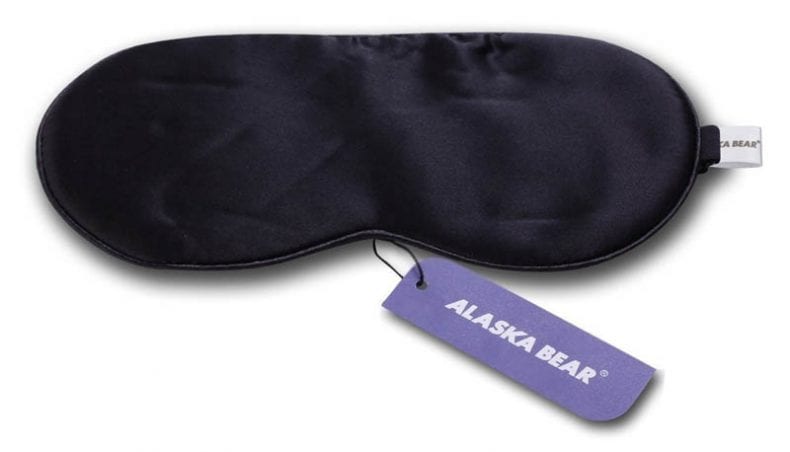
The blueish light emitted by televisions, computer screens, cell phones and many LEDs really do activate the brain, making it think its daylight, scrambling natural circadian responses. For a while, I wore amber glasses if I needed to keep working past my 11 pm shut-everything-down time. They fit over my reading glasses and work well (no doubt there are cooler versions). I take them on air planes that have screens at each seat to cut down on endless blasts of flickering blue in my field of vision. Then I found some other options.
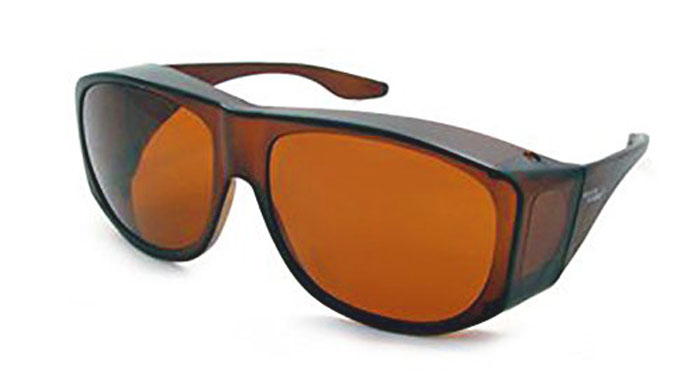
Even better is F.lux, a free simple to use app that will gradually fade your screen’s color from blue to amber, depending on your normal sleep and wake time. You can customize the settings or disable the amber for as long as you like. I have it set to start fading around 9 or 10 and found myself much more able to sleep. It has been a life changer, allowing me to work later if I need to without sleep-whacking effects of a blue screen.
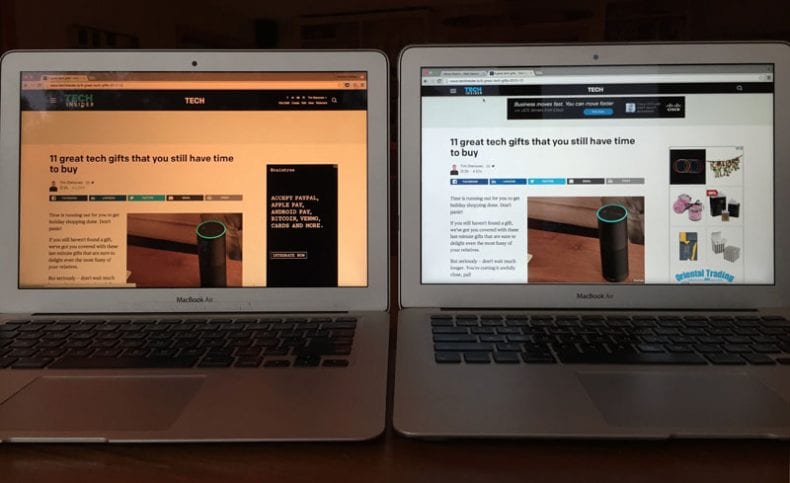
During the time I spend reading, after all devices are shut off, I unscrew the LED bulb nearby, and just read by the light of an amber-tinted Lighting Science bulb. Check out the New York Times’ Light Bulbs That Help You Sleep, that gives a good overview of how LEDs affect us.
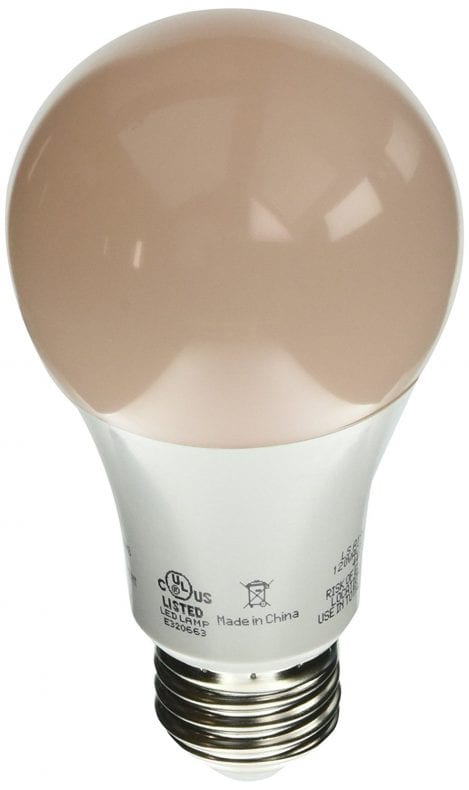
Years ago, a sleep doctor advised me to spend a couple of hours “winding down” before bed: that is, lights low, no screens past 11, reading only relaxing stuff — no activating news. I did the full two hours for years (and probably should get back to it) as it does really help to create a sense of calm. I still DO dim the lights and deactivate LED bulbs completely at least an hour before bed. Lighting really great Japanese incense (aloeswood is my current favorite) makes a nice cue that the day is ending. (I even travel with it; my kit below.)
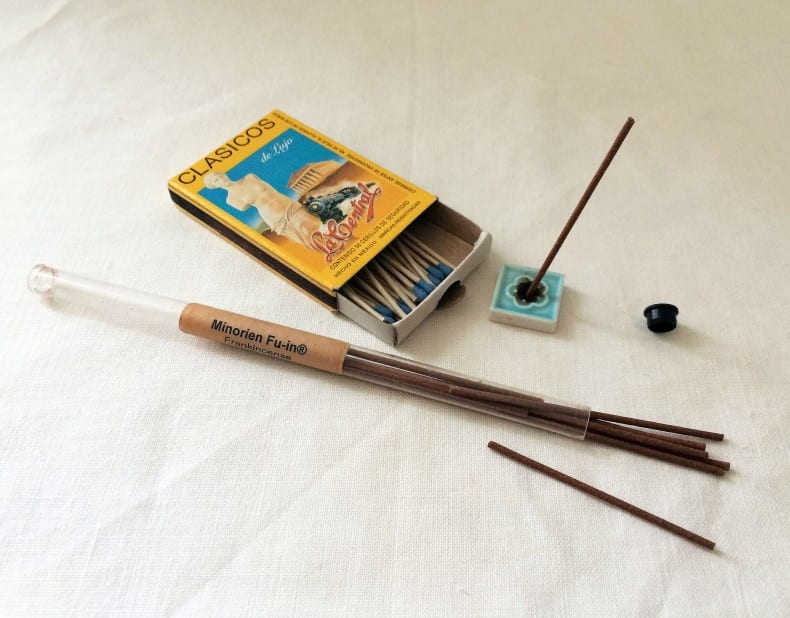
Friends insisted that soaking my feet would make for better sleep by warming the six major meridians in the foot. They sent me a bright red foot soak tub. It really does make for better sleep, especially fortified with epsom salts and lavender oils. (It’s easy to manage and store.) Perhaps one day I’ll swap it for a wooden one.
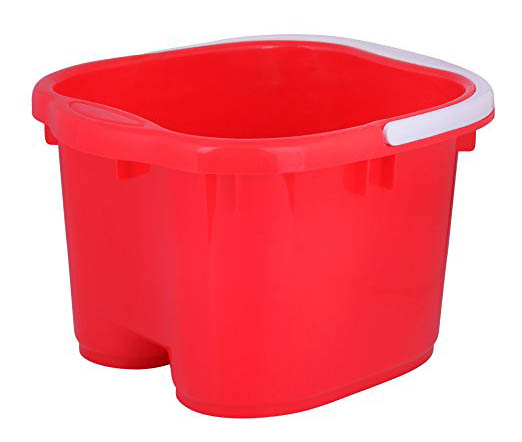
You may be skeptical of my practice of unplugging the tv in my bedroom, keeping my cell phone in the other room, shutting down computers completely (not putting them to sleep), and turning off the wifi router. There are many studies that show that these electronics left on or close by can activate sensitive people. My empirical tests show they do. For me. I will absolutely have a terrible night’s sleep if I accidentally leave my cell phone in the bedroom or a computer fails to shut down. It’s worth a try…

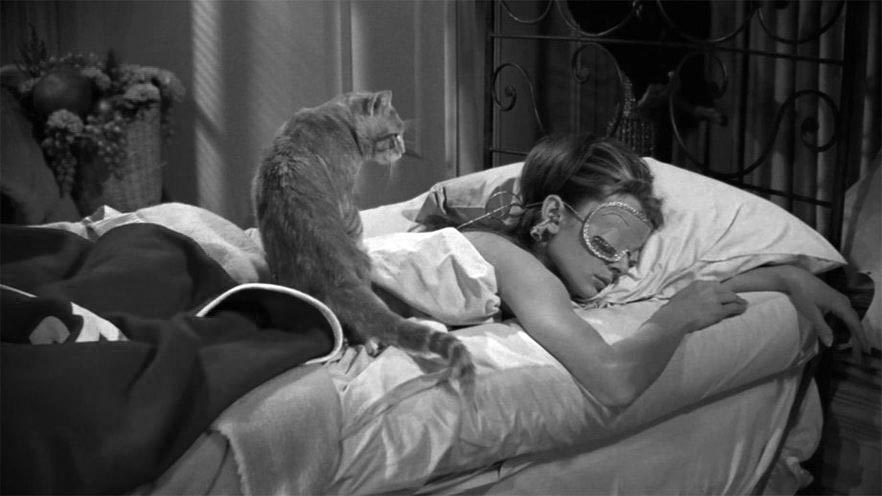
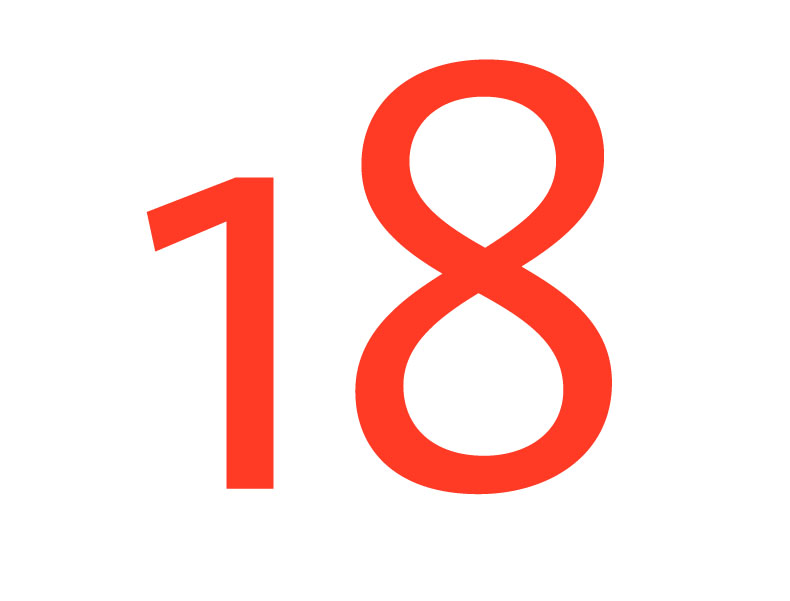
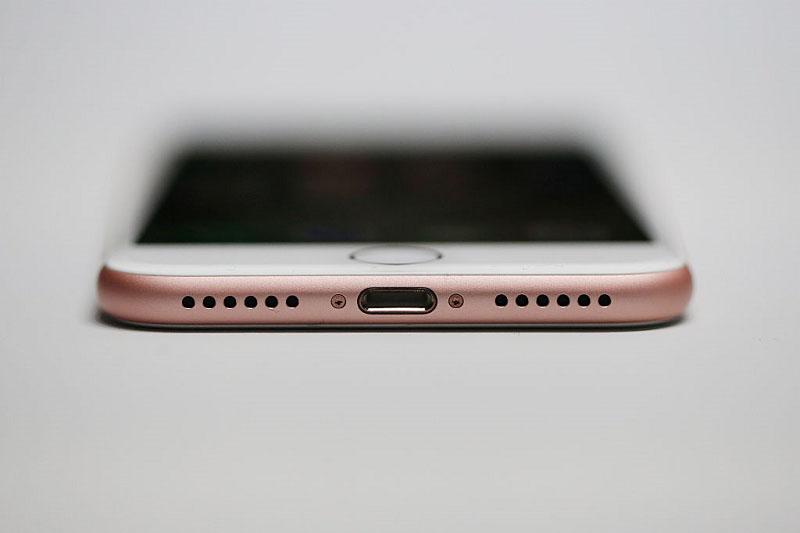
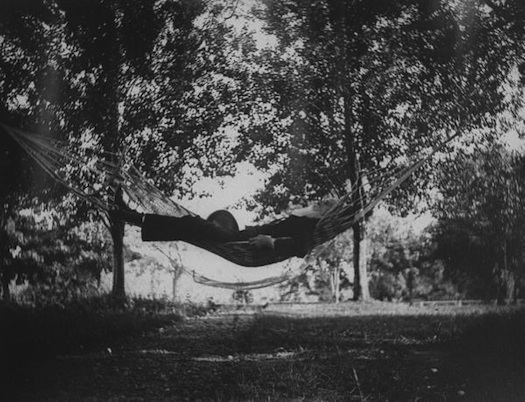
Do LED bulbs emit blue light? Oh, dear.
I’ve loved your blog for years, ever since Lynn Rossetto Kasper said it was her favorite blog, and I checked it out. THANK YOU.
Hi Marry Ann,
Many LED bulbs do have a bluish light. So even though I hunted for the most pleasing, close-to-incandescent LEDs I could find, I unscrew the one where I sit and read late at night and instead use an amber tinted bulb from Lighting Science (which reminds me; I need to include it in the article). It seems to have had a good effect on my very fragile sleep. Here’s an article the NY Times did about it.
For many of us, we don’t realize the effect the technology is having on us until we have a chronic symptom like insomnia.
So glad to hear you found Improvised Life through dear Lynn Rossetto Kasper. She is a peach!